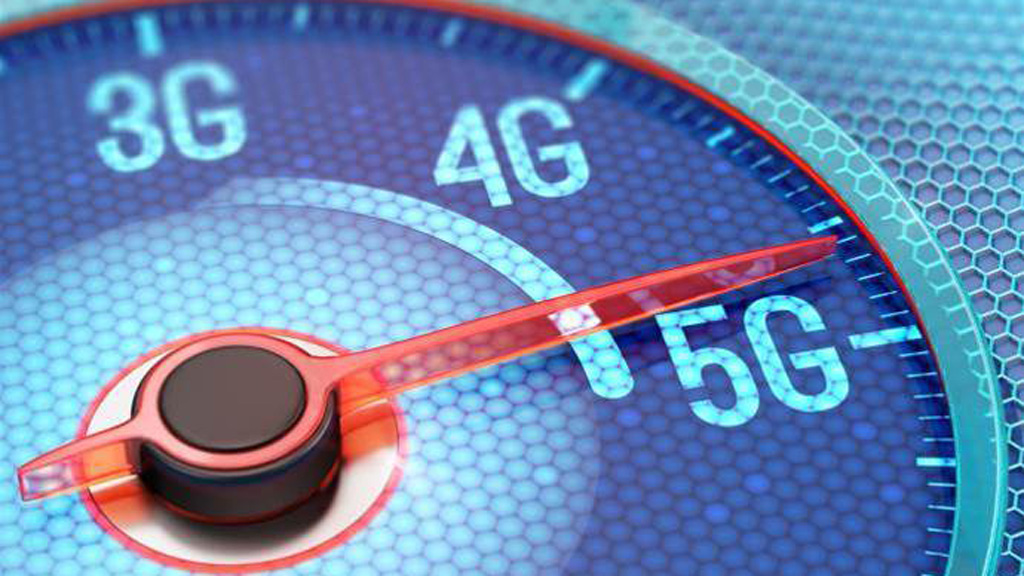5G isn’t going to 'destroy the NBN' anytime soon
Calm your farm, folks.

Thanks to steady investment and an unexpectedly large amount of first and second tier competition, the mobile marketplace has both exploded in players and collapsed in product margins. Thanks to heavy pressure from mainly Optus and Vodafone resellers – who have basically given away data on their 3G and 4G networks in the tens and hundreds of gigs on plans that have dramatically dropped in price – you can now get unlimited calls, text and 10GB of data on a 4G network for as little as $15 per month.
On the flipside, Telstra now offers unlimited data on an uncapped 4GX plan for $199 (with a flagship phone!).
All of this means great value for consumers, but also a little bit of hyperbole as well. Yes, the speeds of even basic 4G are usually better than most FTTN connections, and yes, Telstra’s 5G tests of 3Gbits down were impressive. Pings are also much improved on 5G, which makes things like gaming and interactive streaming possible over wireless connections.
But the cries of 5G magically destroying the NBN are well and truly overblown. There is an element of truth that 5G will cause headaches for the network in the short term, especially for low hanging fruit, but there are a number of pretty big reasons why you won’t see people dropping fixed line connections en masse.
Just the facts
Firstly, yes, there is a huge problem for the NBN over the short to medium term from subscribers who don’t require heavy download limits. There are plenty of 4G plans that offer between 50GB and 200GB for $80 or less, and depending on where you live and what sort of modem you use, speeds will range between 70Mbps and 200Mbps. But at the same time, there are also NBN plans which offer the same range of speeds and more data for the same or less money – most people choosing to take up these plans will likely do so because they do not have access to an equal fixed line connection.
Where things get interesting is when 5G hits and speeds are demonstrated to be much higher than what is offered on the NBN. You’ll likely find that once this happens that the NBN will turn on higher speeds for FTTH, HFC and FTTC customers, which isn’t particularly difficult as they are capable of higher speeds now, without raising prices.
What will likely happen is that customers stuck on substandard FTTN connections or broken HFC connections will be more likely to take up 5G services for home broadband as they will genuinely offer a better service for (likely) equivalent pricing. New entrants like TPG and existing vendors will be fighting tooth and nail for both traditional mobile customers as well as home broadband users.
Sign up for breaking news, reviews, opinion, top tech deals, and more.
But the kicker here is that 4G and 5G are not designed for use by the large majority of customers. Wireless relies on a spectrum that can become congested very easily, regardless of how much backhaul is fed to the pole devices are feeding from. Towers are expensive, spectrum is limited, and anyone who has been to a music festival can attest to how easily mobile networks can grind to a halt when there is a peak flood of data requests. Imagine the same scenario if the majority of users in a tight urban area all stacked on at peak hour.
It doesn’t work. Our mobile network was, and still is, designed for burst communications – quick video streams, IMs, small downloads of pictures, and so on.
Fixed will always be best
Fixed Line connections are still, without a doubt, the best connections for primary business and home connections. Even HFC, which utilises a shared spectrum, can be boosted and split to improve per-user speeds and this is how it was designed to be used for the NBN – the biggest issue is mainly ensuring that the network is built correctly and the proprietary system they are utilising to tunnel through the traditional setup works properly.
For FTTH and FTTC, its basically flicking a switch. Both networks are fibre-heavy and can easily support almost anything thrown at them.
5G is much faster, more versatile, and effectively an impressive upgrade. It allows for smaller cells to be built to expand the network across urban areas, especially in tight blackspots or within buildings. Its spectrum use is more efficient and it can push significantly more packets with less latency and jitter... And for 20% of NBN users stuck on slow or broken connections, it may be a viable option to remove many of their woes – as well as renters or people who don’t tend to have a fixed address.
But when it comes to making the NBN redundant – it’s a little bit rich. Sure, it makes the current business case much harder for the government, but it doesn’t suddenly make it pointless. If anything, 5G is complementary – it means we can be mobile and work at the same speeds and quality when we are on the go.